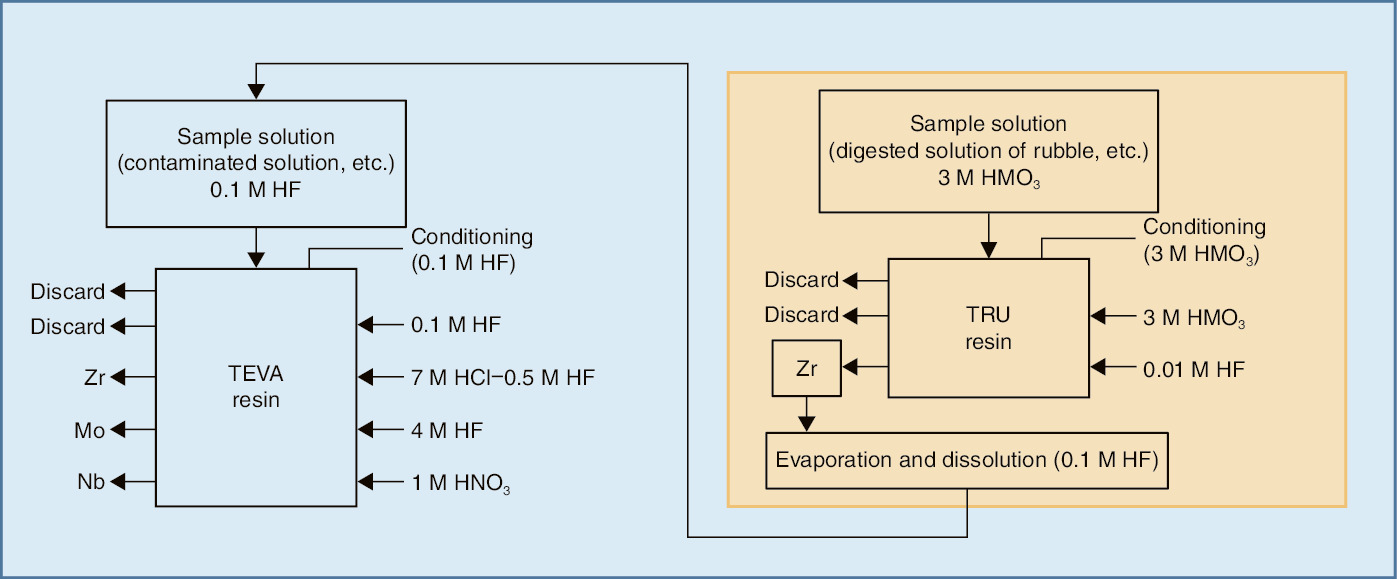
Fig.1-21 Separation method of 93Zr, 94Nb, and 93Mo in contaminated water (left) and in rubble waste (right and left)
There are large quantities of highly contaminated water and rubble waste in the TEPCO’s Fukushima Daiichi NPS. Although contaminated water is being decontaminated at the water-processing facility, secondary waste, such as sludge, is being generated by this process. To treat the secondary and rubble waste, the radioactivity concentrations of important nuclides, which have a high impact upon safety, have to be evaluated. Because JAEA had scant experience in the measurement of zirconium-93 (93Zr), niobium-94 (94Nb), and molybdenum-93 (93Mo), which are examples of important nuclides, it was necessary to develop an analytical method for such isotopes. To analyze these nuclides, they have to be separated from highly radioactive cesium-137 (137Cs) and major elements of sea water and rubble (crude separation); furthermore, they have to be separated from each other (mutual separation).
Cs and most of major elements of sea water and rubble waste exist as cations in solutions, whereas Zr, Nb, and Mo tend to be anions in solutions. Focusing on the difference, we developed a chromatographic-separation technique using TEVA resin, which shows anion-exchanger performance. This method is advantageous in that operation is simpler and more rapid than existing techniques, such as the precipitation method. First, the quantities of Zr, Nb, and Mo extracted on the TEVA resin from various acid solutions were studied to find a suitable solution condition. Consequently, as shown in Fig.1-21, crude separation is possible using 0.1 M HF as a sample solution because major cations are eluted; by contrast, Zr, Nb, and Mo are extracted on the TEVA resin in this condition. Furthermore, Zr, Mo, and Nb were eluted sequentially with 0.5 M HF/7 M HCl, 4 M HF, and 1 M HNO3, respectively. Thus, 93Zr, 94Nb, and 93Mo in the contaminated water were analyzed using this method.
However, preparing a 0.1 M HF sample solution when rubble waste is dissolved by acid is difficult. In such a case, as shown on the right-hand side of Fig.1-21, Zr was separated using TRU resin with a higher concentration of acid; then, it was purified using the same method as the contaminated water.